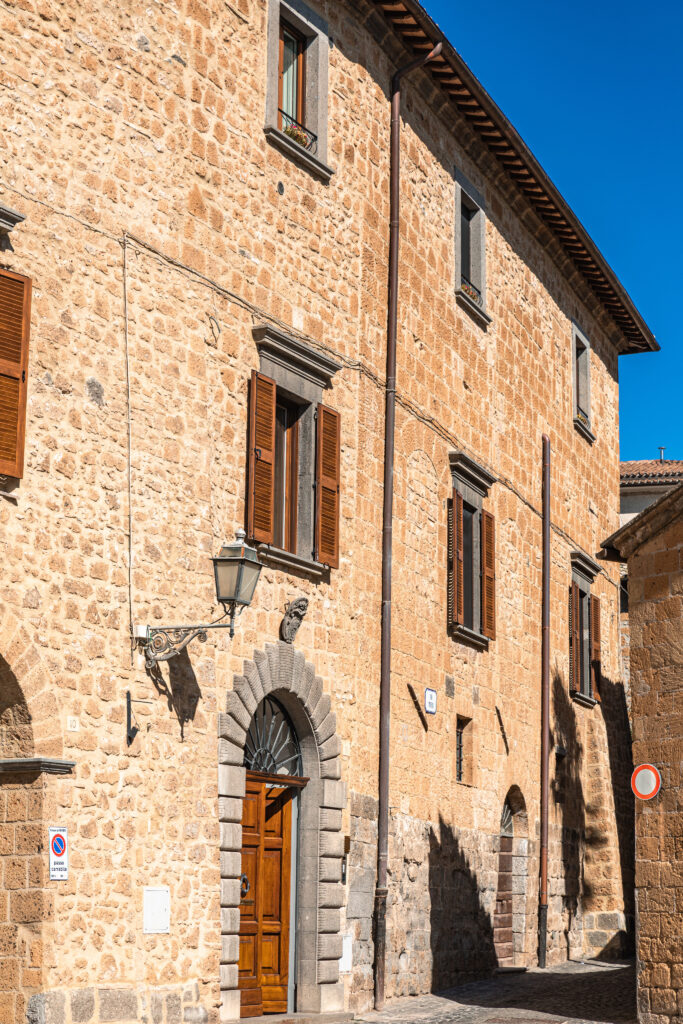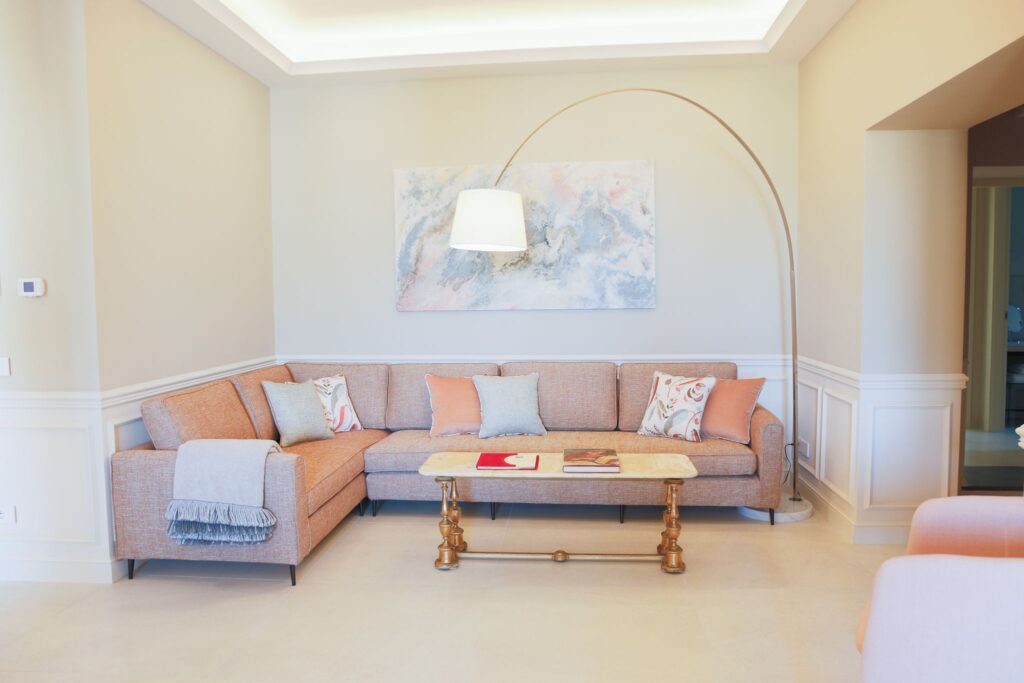Visitor Perspective, by Palazzo Misciattelli: #9, the Etruscan Tombs or Necropoli
In honour of the upcoming 2025 Jubilee, Palazzo Misciattelli is delighted to introduce a series of posts on all the sites included in the Orvieto Carta Unica, from the visitor’s perspective!
Visitor Perspective, by Palazzo Misciattelli: #9, the Etruscan Tombs or Necropoli
Unveiling the Etruscan Necropolis: A Journey into Ancient Orvieto
Nestled in the picturesque hills of Umbria, Italy, Orvieto is a town rich in history and cultural heritage. Among its many fascinating attractions, the Etruscan Necropolis stands out as a window into the ancient world. This sprawling necropolis, also known as the “Necropoli del Crocifisso del Tufo,” offers a unique opportunity to explore the burial practices, art, and daily life of this enigmatic civilization.

Historical Significance
The Etruscans were a sophisticated and influential people who dominated central Italy from the 8th to the 3rd century BCE. The Necropolis of Crocifisso del Tufo, located just outside Orvieto, is one of the most significant Etruscan burial sites, dating back to the 6th century BCE. This necropolis provides invaluable insights into the Etruscans’ beliefs about death and the afterlife, as well as their social and cultural practices.

Layout and Architecture
The Etruscan Necropolis is laid out in a grid pattern, resembling a small city of the dead. This organized layout reflects the Etruscans’ advanced urban planning skills and their desire to create a resting place for the deceased that mirrored the living world. The tombs are constructed from blocks of tuff, a type of volcanic rock abundant in the region, and are arranged along streets and avenues.
Each tomb is typically rectangular, with a stone door leading into a small chamber. The tombs vary in size and complexity, indicating the social status and wealth of the individuals buried within. Some of the more elaborate tombs feature multiple chambers and intricate carvings, showcasing the Etruscans’ artistic skills and attention to detail.
You are able to enter these tombs, but be careful to watch both your step and your head as the entrances can be uneven and low.

Funerary Artifacts on Display
The tombs of the Etruscan Necropolis have yielded a wealth of artifacts, providing a glimpse into the daily life and beliefs of the Etruscans. These artifacts are on display in a small museum at the entrance of the necropolis. The museum also offers visitors a brief history of the necropolis and its construction.
- Pottery: Etruscan pottery is renowned for its craftsmanship and decorative motifs. Many of the vessels found in the tombs are intricately painted with scenes from mythology, daily life, and nature, reflecting the Etruscans’ artistic sensibilities and cultural influences.
- Jewelry: The jewelry discovered in the necropolis includes items made from gold, silver, and bronze. These pieces, such as necklaces, earrings, and brooches, highlight the Etruscans’ expertise in metalworking and their appreciation for adornment.
- Weapons and Tools: Weapons such as swords, spears, and shields have been found in the tombs, suggesting the importance of martial prowess in Etruscan society. Tools and everyday items, such as mirrors and combs, provide further insights into the daily life and activities of the Etruscans.

Inscriptions and Tomb Markings
Many of the tombs in the Etruscan Necropolis bear inscriptions in the Etruscan language, carved into the stone above the entrances. These inscriptions often include the names of the deceased and sometimes their occupations or social status. The presence of such inscriptions highlights the importance of identity and memory in Etruscan burial practices.
Visiting the Etruscan Necropolis: Tips to Enhance Your Visit
- Opening Hours: The site is closed on Mondays, Tuesdays, and the last Sunday of each month. Opening hours begin at 9:00, however closing hours will vary, be sure to check the current schedule.
- Admission: There is an entrance fee of € 4,00 to visit the necropolis. Tickets can be purchased on-site, or combined tickets for other local attractions are also available.
- Weather Condition: It is worth noting that during the hotter months entering the tombs can provide visitors a reprieve from the heat, however, flies, lizards, and spiders will also seek out the cool dampness the tombs provide.
- Accessibility: This site is the longest walk from Palazzo Misciatteli, and is mostly downhill followed by a mostly uphill return.
- Location: The necropolis is located just outside the town of Orvieto, easily accessible by car or a 25-30 minute walk from Palazzo Misciatteli.

Palazzo Misciattelli is a small boutique hotel, an urban haven of contemporary luxury and ancient tradition, your exclusive retreat nestled atop the glorious clifftop city of Orvieto. All sites on the Carta Unica ticket are reachable within a 5-15 minute walk from the Palazzo.
Located halfway between Florence and Rome, the luxury residences are the perfect base for exploring Umbria, Tuscany, and the surrounding Unesco countryside.
Minutes by foot from the breathtaking Duomo and city center, the Palazzo is still privately owned by an ancient aristocratic Italian family. The four-story Palazzo spans 3000 years of history with visible Renaissance and Medieval elements atop Etruscan foundations.
Each luxury residence features opulent decor, sumptuous furnishings, and private living and dining areas. Boasting private gardens and terraces with glorious views, the Palazzo offers a sauna, plunge pool/jacuzzi, fitness room, roof terrace, and elevator. Guests have special privileges at the owner’s countryside properties where they can visit truffle forests, vineyards, and olive groves.

The Carta Unica is a visitor ticket available for purchase online or in the ticket offices of Orvieto, granting access to many important sites in the city. Very few people are able to see all of the sites it offers in a stay of 3-4 days. Can you?
